October marks Cybersecurity Awareness Month, a timely reminder that safeguarding patient and operational data is a shared responsibility across every level of an ambulatory surgery center (ASC). As cyber threats evolve, staying informed and proactive is the best way for your surgery center to protect the systems that keep operations running smoothly and patients safe.
Why Cybersecurity Matters for ASCs
ASCs manage valuable patient, financial, and personnel information, making them — like all healthcare providers — prime targets for cyberattacks. Yet the smaller teams and lean IT budgets frequently associated with surgery centers often mean limited capacity to dedicate to cybersecurity, leaving potential vulnerabilities unaddressed. Even minor disruptions can ripple across scheduling, billing, and patient care, creating both operational and reputational consequences.
Leaders who understand their surgery center’s specific risks can prioritize protections that make the most impact. Key considerations include:
-
Identifying high-value data and systems that require heightened security.
-
Understanding operational dependencies so disruptions don't impact patient care.
-
Recognizing that human error is often a major vulnerability, emphasizing the importance of staff awareness, training, and education.
For expert insights on identifying and mitigating common attack vectors, watch the webinar: The Growing Threat of Cyberattacks: How to Better Protect Your ASC
Practical Steps That Can Make a Difference for Your Surgery Center
Implementing effective cybersecurity measures doesn’t require a large IT team or complex infrastructure. Some of the most impactful safeguards are practical, repeatable strategies that can be integrated into daily operations.
A few easy steps surgery centers can take include:
-
Regularly updating software and applying patches closes vulnerabilities before attackers can exploit them.
-
Multi-factor authorization adds a strong layer of protection against unauthorized access.
-
Performing routine data backups to ensure that information can be restored quickly in the event of a breach to minimize downtime.
-
Partnering with IT vendors that treat cybersecurity as an ongoing priority can help reduce your ASC's risk.
Cultivating staff awareness is equally essential. Employees trained to follow safeguards, recognize phishing attempts, and report suspicious activity can prevent many incidents before they escalate.
For deeper guidance on strengthening your ASC's foundation, explore:
-
8 Key Steps to Strengthen ASC Cybersecurity: A roadmap for building core safeguards and assigning ownership.
-
5 Tips to Strengthen Your ASC’s Cyber Defenses: Actionable steps your team can implement right away.
-
Your Questions Answered: Combatting the Threat of ASC Cyberattacks: Why surgery centers are prime cyberattack targets, common cybercriminal tactics, and recovery steps after an attack.
Linking ASC Cybersecurity to Patient Safety
Cybersecurity and patient security are deeply connected. A system outage or data breach can disrupt access to clinical records, delay or interrupt surgical procedures, or compromise patient trust and satisfaction. Viewing cybersecurity as part of patient care helps align operational and clinical priorities.
ASCs can strengthen this connection by embedding cybersecurity into their safety and quality assurance processes. Conduct regular technology and data access reviews, include cybersecurity in ongoing staff training and education, and run simulated incident drills to test response readiness. Each of these actions reinforces the reliability of both systems and care delivery.
Read 3 Tips to Align Cybersecurity and Patient Safety Initiatives to further explore practical strategies for connecting security and patient safety.
Preparing for and Responding to Incidents
Even with strong preventive measures, breaches may occur. How quickly and effectively an ASC responds can make the difference between a minor disruption and a major incident. A defined response plan helps minimize downtime, reduce financial loss, and maintain patient confidence.
A strong response framework should include:
-
Immediate isolation of affected systems to contain the threat.
-
Clear internal and external communication protocols to guide staff and reassure patients.
-
Post-incident reviews to identify lessons learned and strengthen defenses.
Practicing these steps regularly and reviewing past incidents — including those affecting other healthcare providers — helps ASCs improve decision-making, coordinate more effectively during crises, and reduce the overall impact of a breach.
Further guidance and practical examples:
-
From Identification to Response: Navigating an ASC Cyberattack walks through a simulated breach, highlighting practical steps to minimize impact.
-
Dealing With Cyber Threats: How to Navigate a Breach outlines actionable methods for identifying, containing, and recovering from incidents.
-
A Comprehensive Response to the Change Healthcare Cyberattack shares lessons from a real-world event that ASCs can apply proactively.
Building a Security-Focused Culture
Technology alone cannot protect an ASC; people play a substantial role as well. A culture that prioritizes cybersecurity better ensures best practices become routine. When staff understand their role in safeguarding systems and data, as well as the risks associated with a breach, security becomes an embedded part of daily operations.
Leaders can encourage a culture of security by:
-
Designating a cybersecurity lead to help maintain accountability
-
Reviewing access privileges regularly and making appropriate changes
-
Reinforcing best practices in staff meetings and recognizing when team members go the extra mile in helping maintain security and compliance
Learn more in ASC Administrators Play a Key Role in Cybersecurity for strategies on fostering awareness and accountability throughout your center.
SIS Commitment and Leadership
At Surgical Information Systems (SIS), cybersecurity is central to supporting our ASCs. Achieving HITRUST Implemented (i1) Certification demonstrates our commitment to rigorous data protection and risk management standards. ASCs can feel confident knowing that the team behind SIS technology consistently upholds industry-leading security practices.
SIS provides ASCs with practical guidance, tools, and expertise to help implement effective cybersecurity measures. From foundational safeguards to proactive planning for potential incidents, our resources are designed to help centers strengthen resilience, reduce risk, and maintain patient trust.
Learn more about SIS leadership and initiatives:
Taking the Next Step
Cybersecurity is an ongoing process. Even small, deliberate actions can significantly reduce risk. Consider taking one or more of these steps to end this year's Cybersecurity Awareness Month on a high note:
-
Review access controls to ensure appropriate permissions are in place
-
Reinforce staff training on phishing, password management, and other cybersecurity best practices
-
Verify backup procedures to confirm data can be restored quickly after an incident
Over time, the incremental improvements you make to your ASC cybersecurity processes and procedures will strengthen both technical defenses and operational resilience. Embedding cybersecurity into daily practices protects patient data, maintains trust, and supports safe, uninterrupted care.




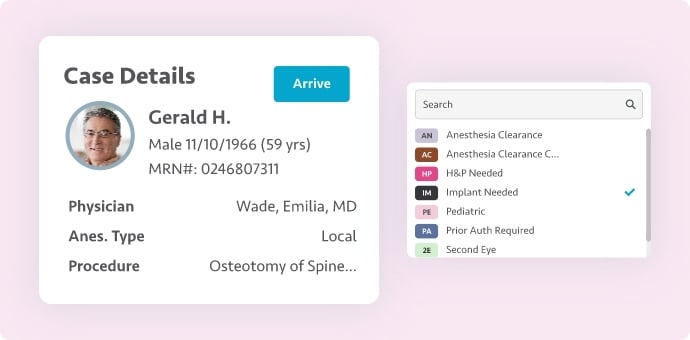
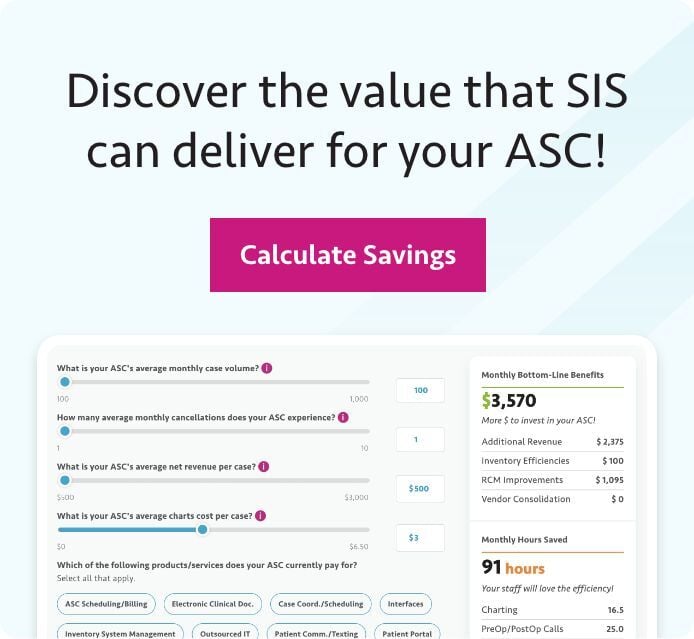


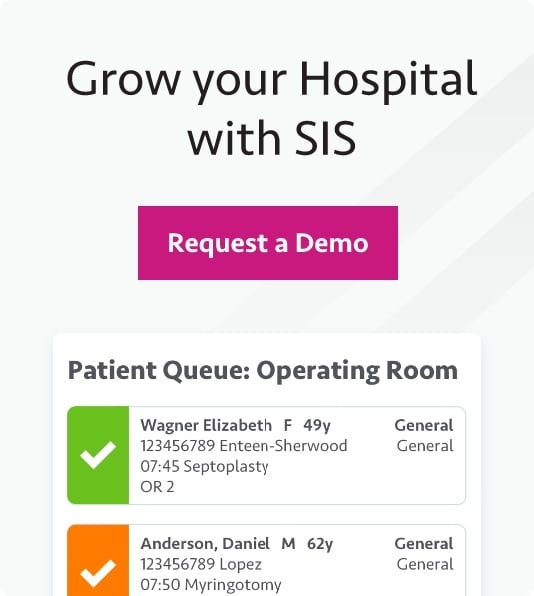









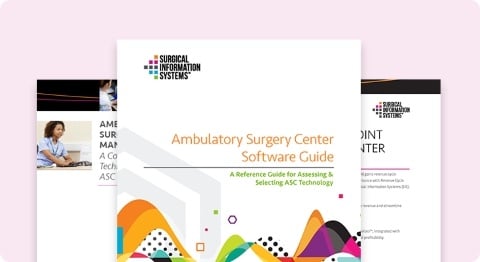


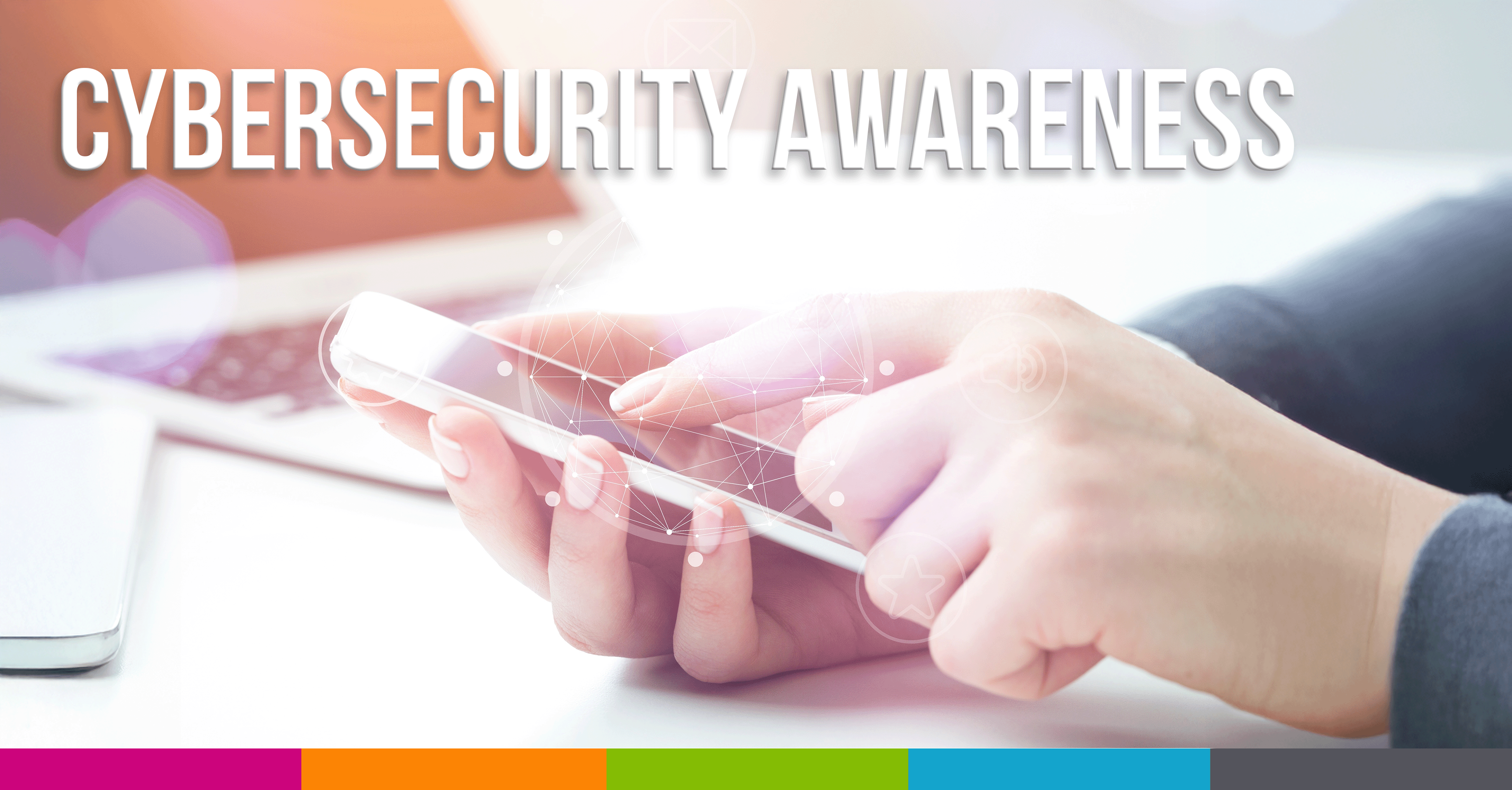


.png?resize&width=300&name=CMS%20Final%20Rule%202026%20-%20Blog%20Image%20(1).png)

